INTERVIEW: HARRY NORTON
From his humble origins as a motorcycle mechanic at Kessner Motorcycles in South Australia, Australian talent Harry Norton has embarked on an extraordinary journey. Fast forward to 2023, and Norton’s remarkable trajectory has led him to assume the prestigious role of Technical Director for the Red Bull KTM MXGP team.
The ball keeps on rolling for KTM in MXGP. 2023 meant a renewed start in significant ways. After the 2022 injury-hit line-up still managed to triumph with Tom Vialle’s MX2 world championship win the team pivoted with three new recruits for the class in Andrea Adamo, rookie Sacha Coenen and Liam Everts. MXGP icon Tony Cairoli stepped in as Team Manager while KTM stalwart Dirk Grübel handed over the reigns as Technical Co-Ordinator to Harry Norton; Vialle’s former mechanic. The Australian oversaw a raft of new technical staff to meet the demands of a 19-round world championship for both the MX2 trio and the returning Jeffrey Herlings in the MXGP category with the KTM450SX-F.
The first phase of 2023 could have been an understandably soft transition to new ways and new styles…but the truth is that the team have barely blipped the throttle. Adamo has been a revelation under the watchful eye of Trainer/Rider Coach Joel Smets and the guidance of ever-present Team Co-Ordinator Valentina Ragni – one of the constants within the group for almost twenty years. He has captured seven podiums from the first half of the season and is in contention for KTM’s twelfth MX2 title since 2010. Everts has also popped up with podium finishes in only his second GP campaign. Coenen, just 16, has battled injury problems but Grand Prix points and impressive speed have been evident in abundance. The KTM 250 SX-F has been flying.
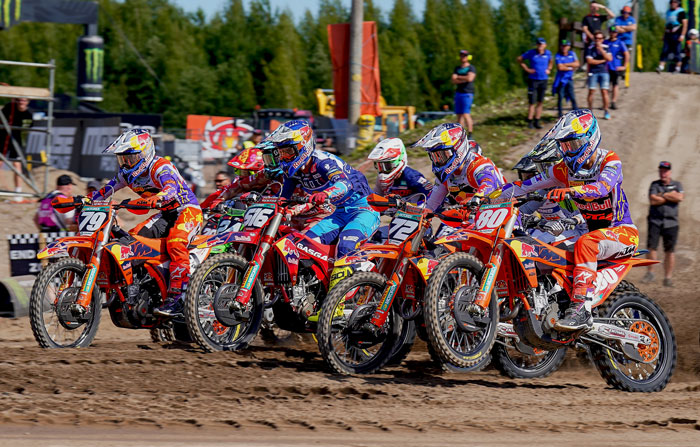
As for Herlings, the 28-year-old reached the historic #102 win record in Spain for round six; all of those since April 2010 coming on a Red Bull KTM SX-F. The prolific Dutchman and five-times world champion was rooted at the top of the MXGP standings with barely more than half a dozen GPs on the 2023 spec KTM 450 SX-F until an untimely fall in Germany led to a neck injury and a forced hiatus.
From a scant – but fruitful – one-rider presence in 2022, Red Bull KTM are now chiming on multiple cylinders and providing yet more juicy stories in the world’s fastest off-road racing series. In between his duties as custodian of the technical fettle of the four race-bikes, we asked Norton how the most successful team in the modern era diverged but kept on delivering and about his own change…
“Dirk prepared me quite well last year for understanding what is involved with the role,” he told us. “We have a good group of young guys and a good group of riders. We have a bunch of staff from very different countries so that’s been very nice to mix.”
For you, how has it been moving from being a mechanic for one rider to a group dynamic?
I don’t think it changed a huge amount for me. The way you go about the job is largely the same and you do as much as you humanly can to make sure everything goes smoothly. The main difference is that your mind is in a few different places. Overall, the work is very different but also kinda similar. I’m still putting the same standards as when I was a race mechanic, but the focus needs to be split.
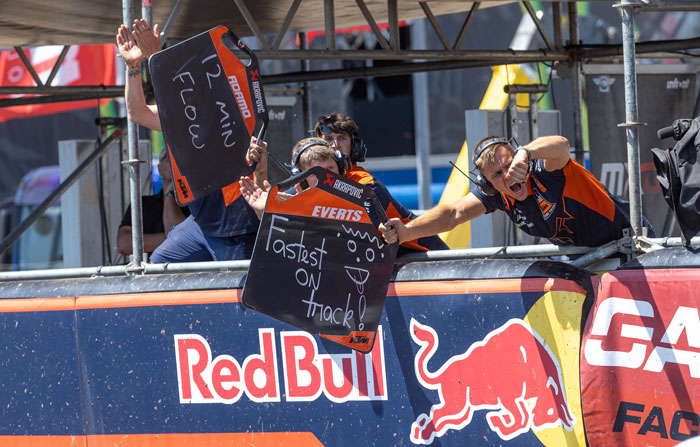
What’s been the biggest headache? Getting parts and supplies?
Honestly, this year has been a lot better. This is our second year with this generation of SX-F. The first can be tricky for parts, the second is normally better and then the third is better again. Right now, we are already in a decent place and with four riders it is definitely more challenging compared to 2022 when it was essentially just Tom [Vialle] because Jeffrey was injured. In general, it has been OK with the resources to hand.
Jeffrey Herlings was hurt and absent for all of 2022 so does that mean you have been playing catch-up with the development of the KTM 450 SX-F?
Sure. We didn’t have any mileage last year on the KTM side. It took us a few races this season…I cannot understate the significance of Jeffrey being out for one year; it was a long time not to be racing. So, it’s been a busy time getting ready for 2023. Generally, there are different styles of riders and different wishes for what they want and how they want the bike to react in certain situations. We’ve been working with Jeffrey for a long time, so we know what he expects from a motorcycle and what are his key points. You can bring those parameters from the old bike to the new bike, and we were not too far away. It took a while for Jeffrey to get 100% fit and then build back that confidence after missing a year. He had to build the trust he had in his old bike into the new one. It’s still a work in progress.
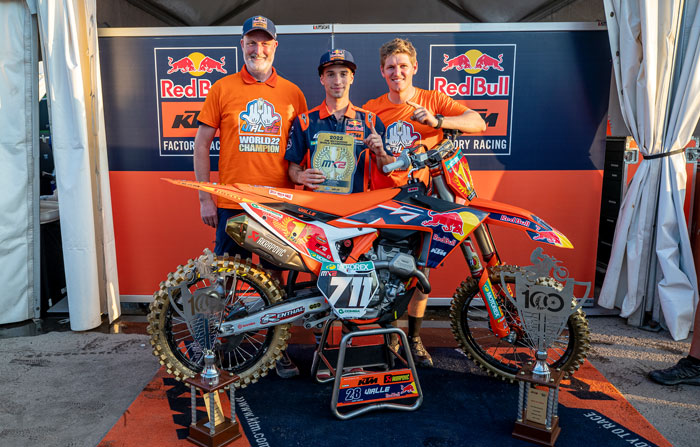
What’s the development plan for the 450? Are you pioneering any new ideas or just refining the platform?
There is always work: a lot in-house with the company and behind the scenes thinking about the future. Us, as the race team, don’t always see that right away because it’s our job to build the riders’ confidence with the package they have in order to do the job in MXGP. There are small steps when needed but rarely massive changes. Small things that maybe the rider might suggest to us or we suggest to him to work on those final few percentages of performance.
An example?
In Arco di Trento [Grand Prix of Trentino and round three] Jeffrey was struggling a bit on the Saturday so we made a small change to the forks but it worked out to be a huge difference for him and really boosted his confidence regarding the general feeling he had on the bike. Sometimes, on the technical side, a small change can carry a massive effect because these guys are riding these bikes so much and have such an acute feeling for them. Sometimes that tweak can be all you need to flick the switch between 85 to 95%.
How is the current race bikes’ ‘architecture’ for maintenance and prep work?
It has changed a lot in the last few years. KTM has always been working on ideas that won’t only make the bike better to ride and for performance but also for the mechanic and for the person at home. There were many positive things in the first year, some challenges as well but that’s normal with a new platform because, as a race team, you dial-in your set-up so specifically for one model that when it changes quite radically it takes a while to come to terms with a new one. Once it’s rolling then it’s fine.
AMA Supercross always precedes MXGP due to the calendar start – SX is January, MXGP usually in March – so how is the working relationship with the Red Bull KTM guys in California?
I wouldn’t say we are in contact every week but, for example, I went over there in November to touch base with them, work on the transition for Tom and get to know the guys better. We have the understanding that we’re a phone call or a meeting away from each other. There are a lot of learnings we can take from the AMA series. We have more technical flexibility with the rules in MXGP, but we already have a very solid base with the motorcycle, so it’s not like we have to redesign it for Grand Prix. There is a lot of information flow. Supercross and motocross are different sports, so it is difficult to relate what they find ‘indoors’ for our championship because it doesn’t always transfer and vice-versa but in terms of reliability and durability it is a big advantage to have quite a few bikes out on track and in full race conditions. We get to understand what parts on the bikes might be up to the task and what other ones still need some work.
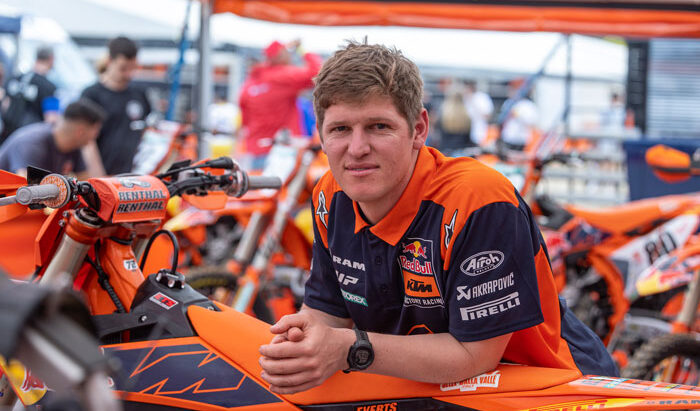
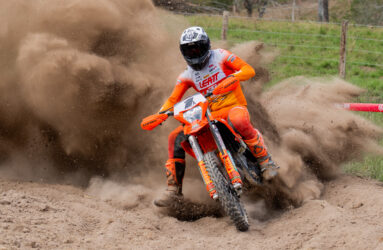
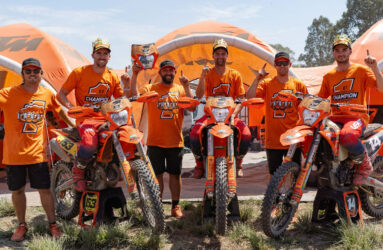
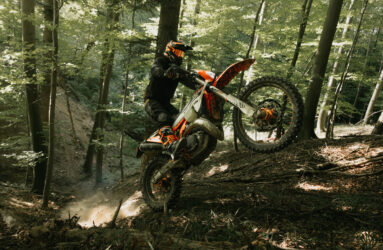

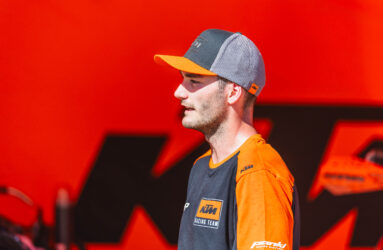
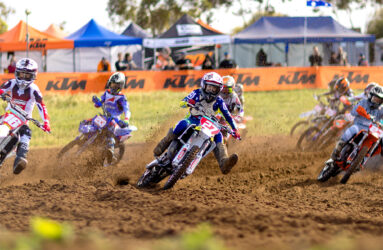
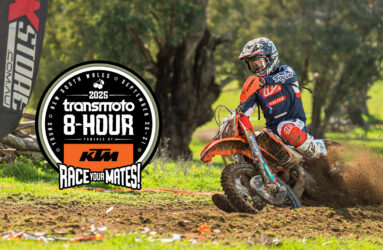
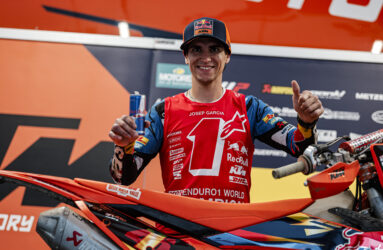
Be the first to comment...